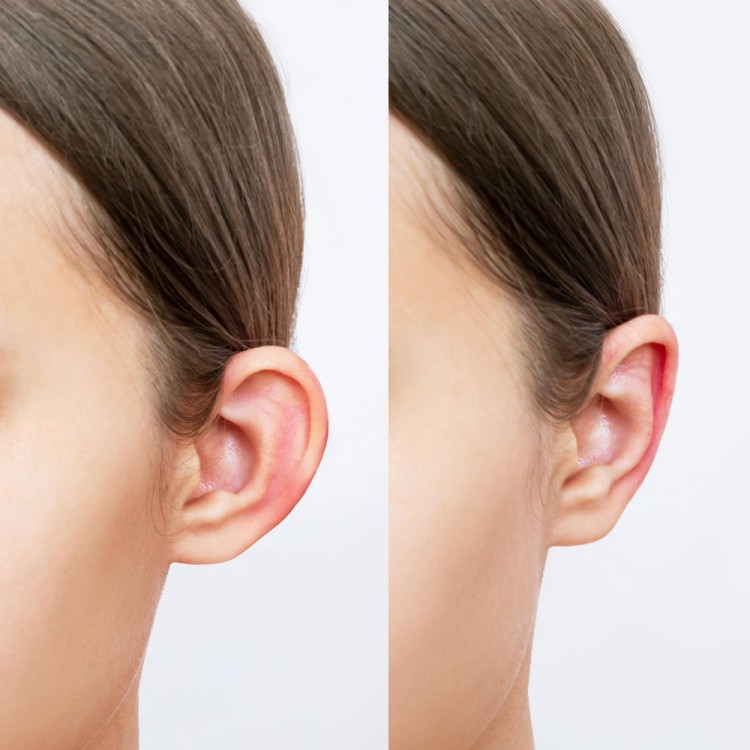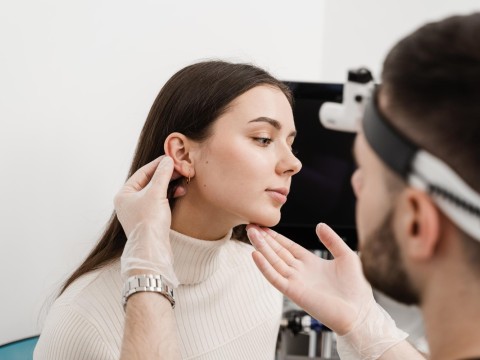Quote of Op.Dr. Arif Eroğlu
Otoplasty corrects cartilage folds, enhancing their development or reducing excessive angles between the ear and the head. Surgical adjustments address both insufficient folds and excessive angles, improving the overall appearance of the ears. Procedure performed under local or general anesthesia, depending on age and patient preference.
- Abdominal liposuction
- Arm Lift (Brachioplasty)
- Back Liposuction
- Blepharoplasty (Eyelid Surgery)
- Brazilian Butt Lift (BBL)
- Breast Augmentation
- Breast Augmentation with Tear Drop Implants
- Breast Correction
- Breast Implant Removal
- Breast Implants With Breast Lift
- Breast Lift
- Breast Reconstruction
- Breast Reduction
- Brow Lift
- Buccal Fat Extraction
- Butt Implants
- Buttock lift
- Buttock Reduction
- Cheekbone Reduction
- Chin Implant
- Health Insurance
-
Accommodation
- Online Healthy Life Assistant 9/5
- Post - Experience Follow Up 6 Month
-
Extra Privileges

- Health Insurance
-
Accommodation
- Online Healthy Life Assistant 24/7
- Post - Experience Follow Up 1 Year
- Pre-Treatment Doctor Consultation
-
Extra Privileges

 Private
Private
- Health Insurance
-
Accommodation
- Healthy Life Butler
- Post - Experience Follow Up 2 Year
- World-Famous Doctor Consultation
-
Extra Privileges

* Price varies depending on extra and upgrade selections.
Otoplasty is a surgical procedure performed to correct the size, shape, or position of the ears. This procedure is commonly done for aesthetic purposes.
Suitable candidates for otoplasty are typically individuals who feel self-conscious about the size, shape, or position of their ears and are seeking a surgical solution. This is often common among children or adolescents, but adults can also undergo otoplasty.
Otoplasty is typically performed under local or general anesthesia. The surgery involves making hidden incisions behind or on the back of the ears. After these incisions, the shape, size, or position of the ears are corrected to achieve a more aesthetic appearance.
Post-operative pain from otoplasty is typically minimal and can be managed with prescription or over-the-counter pain medications. There may be discomfort and swelling after surgery, but these usually subside over time.
The recovery process after otoplasty varies from person to person but generally takes a few weeks. During the recovery period, bandages and a special headband may be worn, and careful care of the surgical area is required.
Yes, the results of otoplasty are typically permanent. However, in some cases, corrective or adjustment procedures may be necessary several years after surgery.




